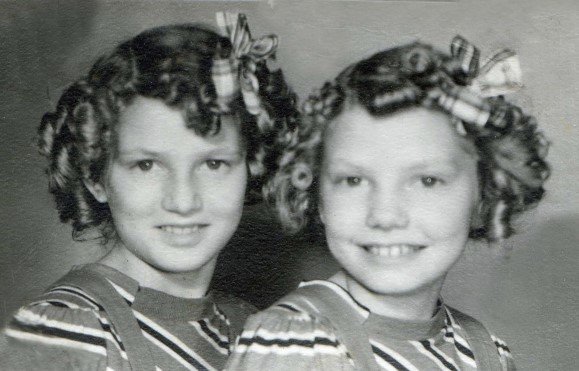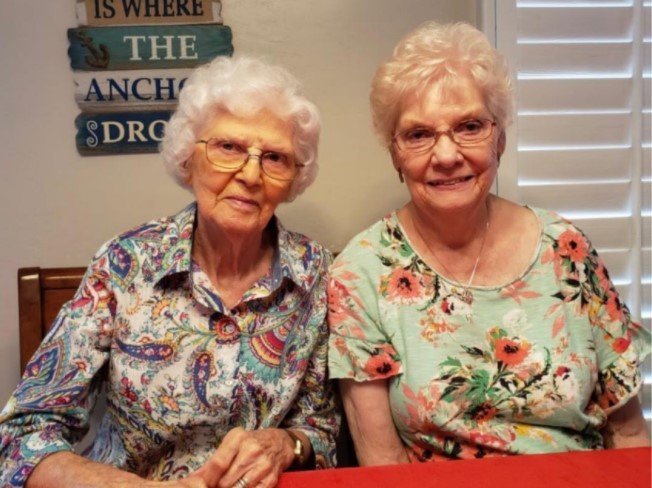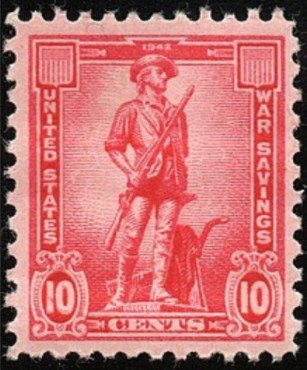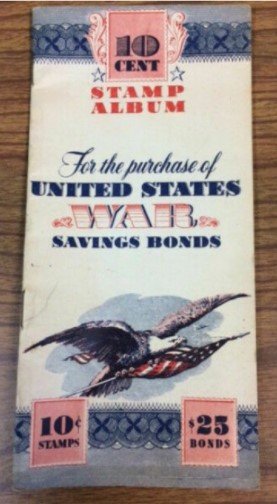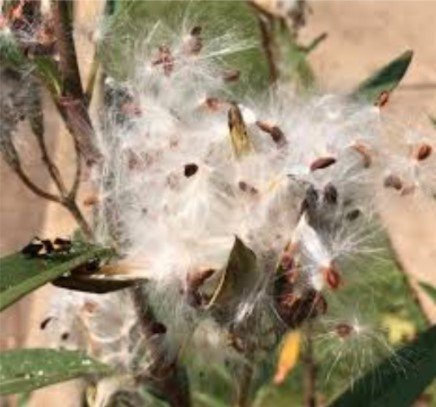Meet Mom and Auntie
My mom is Dolores, born May 28, 1936. Aunt Joy or ‘Auntie’, is one of her older sisters, born June 17, 1934. They are the only two remaining of six children from my grandparents, Earl and Elsa Milligan, of Story County, Iowa. This is their collaborative story.
Children called to action
In 1943, mom was 7 and Auntie was 9 years old. They learned of a school project to support the war effort through an ad in the Weekly Reader at their school, Collins Consolidated. In cooperation with the U.S. Office of Education, a campaign was launched to encourage children in rural schools to participate in pod collection. “School children of America! Help save your fathers’, brothers’, and neighbors’ lives by collecting milkweed pods” was the campaign slogan. The purpose of this effort was due to the lack of kapok, the essential material used in the manufacturing of life preservers before war time.
Two bags of milkweed pods would manufacture one life preserver. The government slogan was: “Two Bags Save One Life”. The bags used in collecting the pods were provided by the government. Each bag collected would hold about a bushel (15 pounds) of pods. They were paid 10-15 cents per bag, depending if the pods were wet, newly harvested or dried.
They both remembered this slogan clearly. It provided a simple message to those participating in the Milkweed Campaign: they were doing their part to support the war effort.
NOTE: In 1943, the U.S. Federal Government built a milkweed floss and seed-extracting plant at Petoskey, Michigan, the only one of its kind in the world. In one year, this plant furnished the armed forces, two million pounds of milkweed floss that was used in the manufacturing of life saving equipment.
They both distinctly remember that the pods were used to make parachutes. Although that may be true, the effort enlisted children to gather the pods to be used as the very new filler, using the floss from the pod, in the manufacturing of life preservers here in the United States. These life preservers were needed for Airmen and Sailors.
The girls remember being out on their farm and in ditches with their parents picking milkweed pods (which my grandfather was not fond of, no farmer was!). Pod harvesting was always in the fall so it did make for chilly work! The milkweed pods would go back to school in gunny sacks with the girls, via the school bus.
Mom, Auntie and my grandparents gathered pods until the end of the war. There was such a surplus of fabric manufactured by the floss from the milkweed pods, that it became available for purchase, most likely from their JCPenney store, as Penney’s sold fabric back then. “It couldn’t have been very expensive as my mother was able to purchase this special fabric to make us beautiful blouses,” my Aunt recalls. Auntie’s memory is vivid of her beloved blouse. She said, “It was the most soft and finest feeling material she’s ever had!”
When asked whether their siblings participated in this effort, the girls don’t recall. They just remember the two of them with their parents, mostly in ditches picking the pods.
Supporting the war effort through Savings Stamps
Mom and Auntie were fortunate enough to bring a dime each week to school to purchase the red, 10 cent stamps for their War Savings Bonds booklet they each had. It was common for the kids to donate their earnings back to the war effort through the purchase of these stamps.
Our Rosies - We Can Do It!
Mom and Auntie were surprised to hear that their childhood efforts qualify them as Rosies. “We were just doing our part, nothing special…” and yet we all know how theirs and the hands of many children made a big difference. “We Can Do It!” And they sure did.
Story retold by Rosebuds MaryAnn Leonard Kaput, Lisa Leonard Simpson and Sara Leonard Hentges, members of the Honolulu Rosie Chapter.
Photos left to right: Sisters, Joy and Dolores. Circa 1943; Joy and Dolores, 2021; War saving stamp and bond booklet; Milkweed pod
